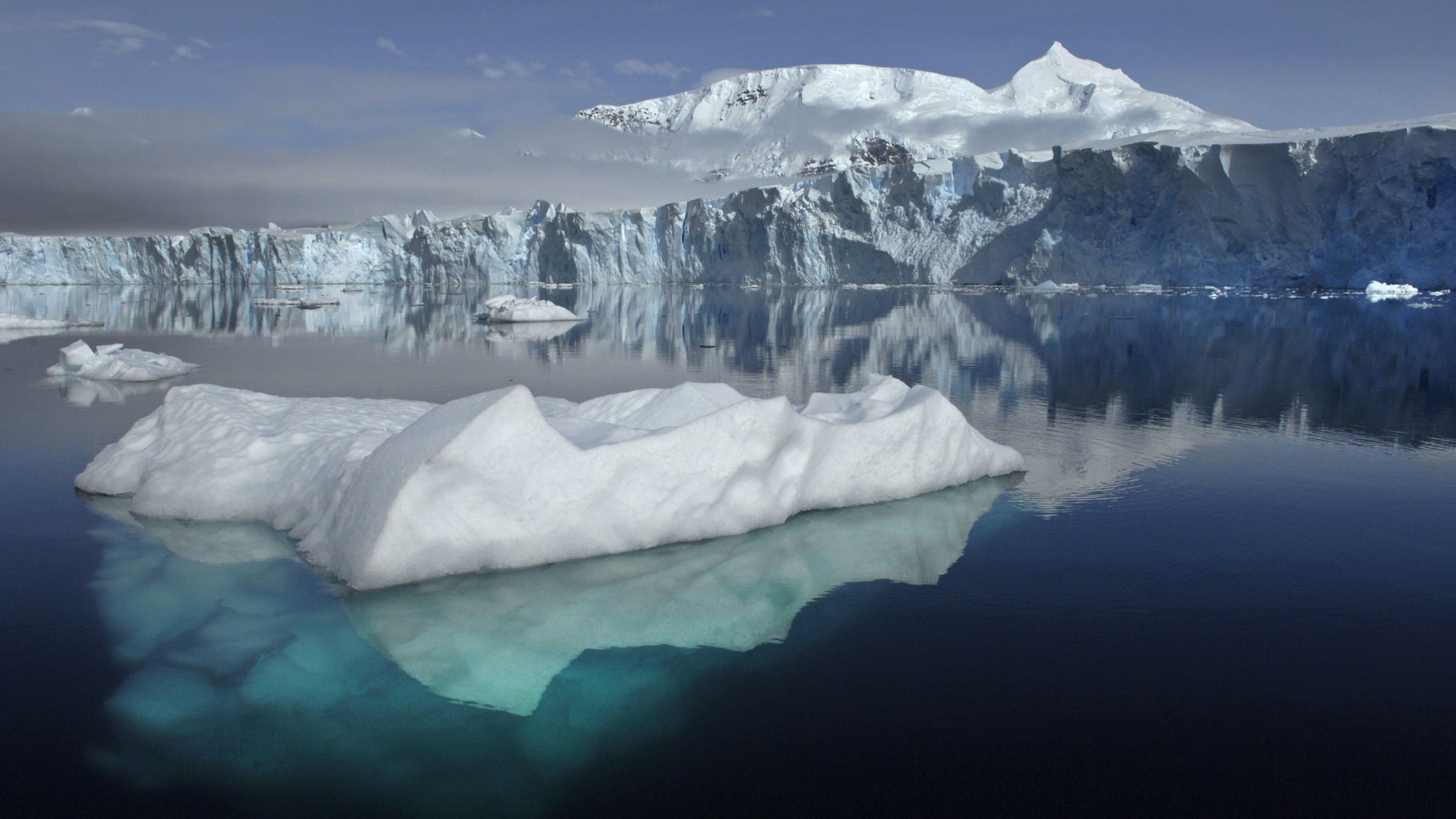
Understanding Climate Change
Climate Change Research at JPL
JPL scientists study Earth’s changing climate, focusing on four broad themes: icy regions; the movement of water between sea, air, and land; greenhouse gas emissions and absorption; and our world’s ecosystems.
Exploring the World’s Ice
Earth’s ice lies in the most remote parts of the globe. Using technologies that also help us explore other planets, JPL studies Earth’s land ice.
If all the land ice on Earth melted, it would raise sea level around 260 feet (80 meters), so understanding how the Greenland and Antarctic ice sheets are changing is important to predicting future sea level. Changing sea level affects our port cities and coastlines, and the quality of groundwater near the coasts, where most of the world’s human population lives.
Following the Water
Using radar, heat, and moisture-sensing instruments in space and on aircraft, JPL studies the movement of water from the land and seas into the atmosphere and back — the Earth’s water cycle. Life depends on water, and our civilization depends on knowing when and where rain and snow will fall. Shifting precipitation patterns will change where we grow various types of food, where and how we get adequate freshwater for industry and for our own needs, and is transforming both human and non-human environments.
Being able to predict these profound changes in the water cycle requires long-term collection of data from satellites and ground experiments. Scientists analyze the data and develop models to assess how the water cycle might change in the future. JPL teams with universities, other NASA centers and government agencies, and private research organizations to perform this public service.
Where does all the carbon go?
Greenhouse gases that warm our planet by absorbing and re-radiating heat have been rising relentlessly for more than a century. This rise has been driven primarily by human activities — including industry, agriculture, construction, electricity, transportation, and cutting down forests. Some greenhouse gases stay in the air and are eventually broken down by sunlight or chemical reactions. But about half of the most common greenhouse gas, carbon dioxide, is consumed by living things.
Yet even after decades of study, it's not clear how much carbon dioxide is consumed by plants on land and eventually deposited in the soil -- and how much is taken up by sea life that then dumps our carbon on the seafloor as sediment.
Answering this and related questions is vital to understanding how the atmosphere’s concentration of greenhouse gases will change in the future. As the world warms, ecosystems will change along with their ability to consume our emissions. With myriad partners, JPL scientists work hard to understand both emission sources and “sinks,” the final destination of our emissions, in such places as rain forests and peat bogs.
Ecosystem Change in the Crosshairs
Climate change will transform natural and unnatural ecosystems — agricultural, urban, and suburban. Some of the technologies JPL uses to trace water moving around the world are being used to study ecosystems. Seasonal and longer-term droughts are monitored from space, and so is plant respiration. This information helps us understand plant health and benefits agriculture.
NASA resource
More About Climate Change
Mission SpotlightGRACE-FO
The Gravity Recovery and Climate Experiment Follow-on (GRACE-FO) measures changes in Earth’s gravity field in order to track water movement and surface mass changes across the planet.
ExploreTime in Orbit








